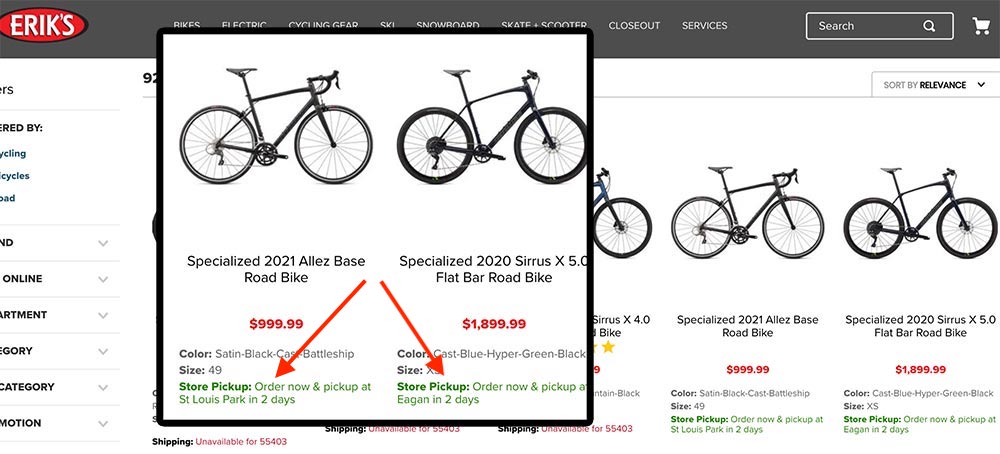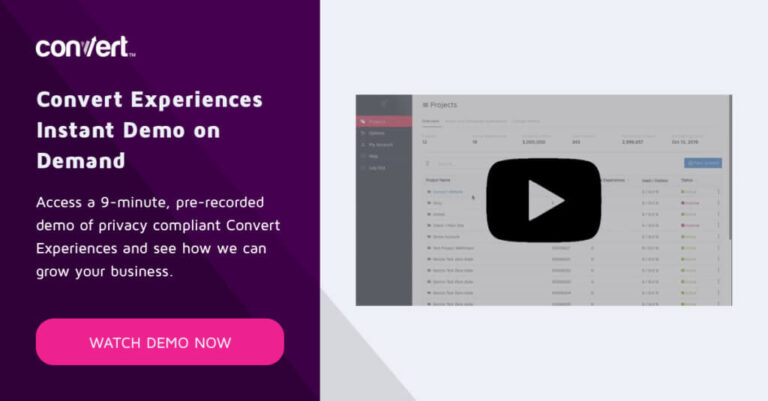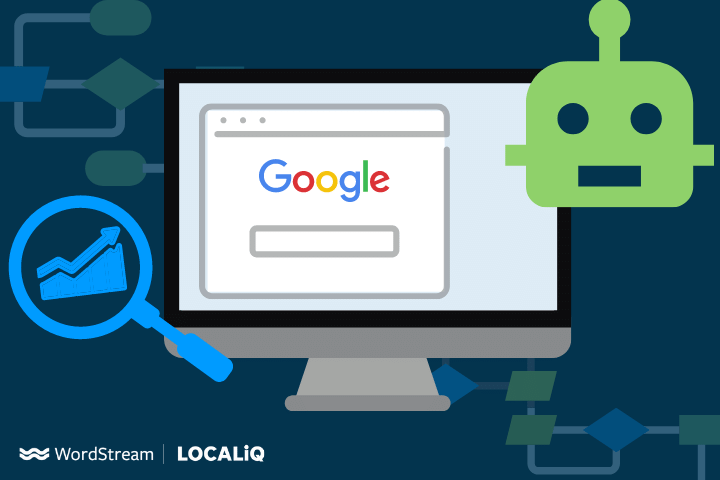Before the pandemic, consumers who shopped at Erik’s might start by looking at bikes online, then visiting a physical store and speaking with a salesperson. Inventory availability was obvious for shoppers standing in one of Erik’s shops.
Erik’s Bike Shop has been in business since 1977, when it opened its first store in Richfield, Minnesota. But the company’s founder, Erik Saltvold, began selling bicycles before then — when he was 13 in his parents’ barn.
Then came Covid-19.
Lots of consumers wanted to get outside when the pandemic hit last year. Among the beneficiaries was Erik’s Bike Shop, a Minnesota-based retailer, which experienced a massive increase in web traffic and customer service requests — phone calls, emails, and chats. The staff was overwhelmed.

Bloor stated, VTEX’s team told us, “We’ve got this geolocation app. We think we can work it into the inventory lookup too,” said Bloor.
Beyond Software
The lesson is not about technology or the pandemic but about how strong relationships can be a competitive advantage.
Many bike shoppers wanted to know which models were in stock and available for curbside pick-up at specific locations. Erik’s solution was to display inventory availability early in the online shopping experience. Once it geolocates the shopper, the site offers pick-up information beginning on category and search pages.
Erik’s website now displays inventory availability early in the shopping experience.
“Our customer success team had worked with [Erik’s] over time, and as the pandemic hit, inventory availability became a very real operational challenge for them,” said Jared Blank, chief marketing officer at VTEX, Erik’s ecommerce platform.
“Consumers were starting their interactions online with our customer service team, which had to do all of the leg work that our salespeople usually do to find what kind of bikes [consumers] needed, where those bikes are located, and how we could deliver them,” Bloor said.
Rather than showing online shoppers a list of 30 stores, Erik’s team added geolocation that identifies the closest available inventory for a visitor. The geolocation app required some custom site development. And this took collaboration, which was based on a long-standing relationship.
Bloor, Erik’s vice president, and team identified the problem: a need to offer detailed information earlier in the shopper’s journey. VTEX found a solution.
The company has grown to 30 physical stores across seven Midwestern states and a strong ecommerce operation. Last year, however, Erik’s suddenly had a technology problem.
“When the lockdown went into effect in the U.S., we wanted to be very cautious…so we cut back on store hours, making sure we were as efficient and effective as possible. But it quickly became obvious that people were still looking for ways to get outside and enjoy what they could in a safe manner. Cycling was going to be a way people could do that,” said Graeme Bloor, Erik’s vice president of digital and information technologies. “Within a couple of weeks, we started to see sales volume spike through all channels — in-store and online.”
The result is the number of customer conversations per order went down 44 percent, and chat interactions dropped 68 percent.
The notion that the pandemic accelerated retail’s digital transformation is true. But the transformation is not only about software and technology. A company’s relationships with vendors and employees are equally important.
In short order, VTEX and Erik’s had a working solution so effective that the two companies publicized the results. The pandemic forced Erik’s and VTEX to take action on a technology problem. But the successful relationship between the two companies made it possible.
Ultimately, providing better inventory info online reduced the support volume and solved the problem. But the lesson goes beyond technology alone.
The company struggled to keep popular models in stock and informing shoppers which stores had available inventory. The solution was not unique: Erik’s site needed better inventory information earlier in a visitor’s interaction.




![[VIDEO] The Quick (and Easy) Start to Omnichannel Optimization for Your Business](https://research-institute.org/wp-content/uploads/2021/07/video-the-quick-and-easy-start-to-omnichannel-optimization-for-your-business-768x576.jpg)

